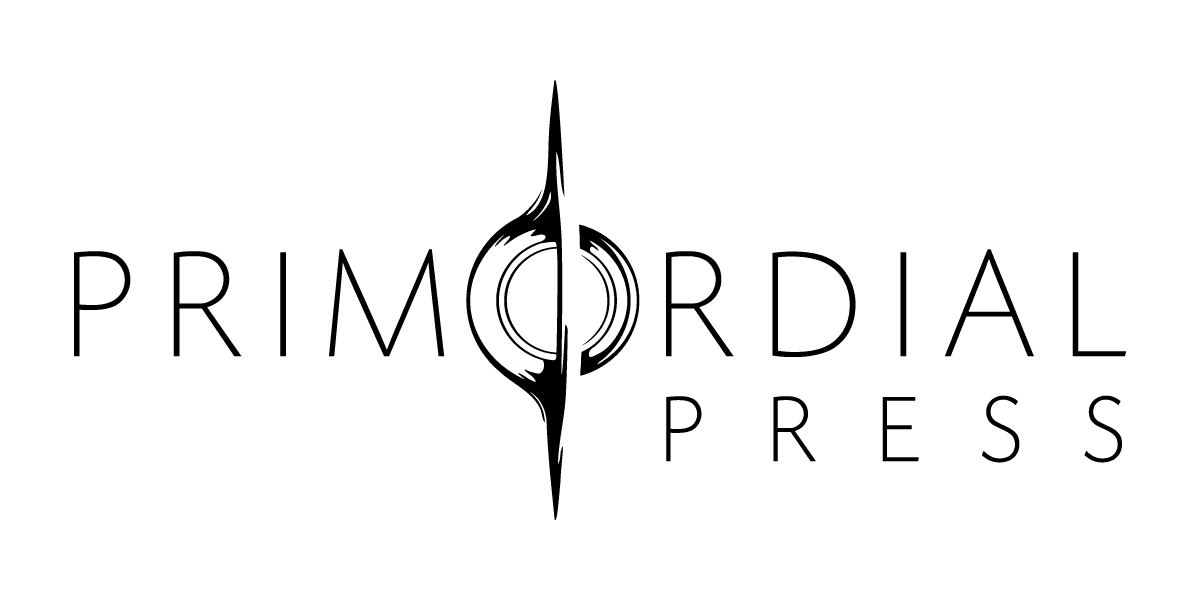(#6) The logistics of writing a novel
When someone first sits down to write something your first instinct in an email might not be to plan out what you are writing. Let’s face it, a novel is not an email. I find it difficult to understand how someone can put “pen to paper” without a blueprint or idea of what they are going to say planned out.
So how do you plan out a novel? Most of us have an idea of a story in our head, but do we have the scenes laid out in an order? Do we know how to best organize the telling of the story to strategically pull the reader along? No would be my guess.
Others might advocate specific methods to organize the story or have snazzily named procedures (e.g. Snowflake method) for planning your thoughts. I say use whatever works for you.
For me, I am an engineer by training. I organize my thoughts in flow charts. Oddly enough, this is analogous to what the Hollywood types call story boarding. I think of scenes and give each one a brief description. I continue to lay out all the scenes until I have gone through the entire story. If I were an artist, I might have sketched things out, but I was not so gifted in those arts so I capture everything in an outline.
A common question might be, “How much do I need to outline? How detailed should it be before I dive into the writing process?”
I found myself writing outlines that ended up being somewhat 1:10 in that I had one page of outline which yielded about 10 pages of written manuscript. Obviously this is just a ballpark and there is certainly no right or wrong answer for this. For me, this was what worked.
While on the subject, let’s make sure we set a goal for the outline. I use the outline to give me guidance in my writing. This simply means that if I have an outline element that says “Ryan gets into a fight with 4 bullies” that is largely what I will write about. I will oftentimes find that as the story is being written, I realize where I can fix things or add elements here and there. This is why I consider the outline to be “alive” in that it may evolve as I am writing the story.
The outline helps you in your writing, but you should be able to easily look at the roughly 30-40 page outline and “see” the story at its highest level. This is where you might make organizational changes in the story. You may insert a scene, take one away, add little things here or there, tweak, prod.
Trust me – this is the time you want to adjust things in the larger scope of your story. You will feel much less happy when you find yourself deleting whole chapters because they just won’t fit or they don’t help your story. It is somewhat analogous to deciding which of your fingers you want to cut off – nobody likes to hack at their manuscript but we all end up doing it to some extent.
When analyzing my story, I have since learned to ask myself this question about a chapter or scene:
“Is this required to move the story forward to its final conclusion?”
If the answer (after you think about it hard) is “No” – SNIP SNIP SNIP!
Believe me, I had an entire scene that was really great, it talked about how a family would bridge the language differences between two worlds and it got very geeky about details of linguistics – I loved it myself. When I took a step back and reflected on the whole language barrier thing the resulting consensus was SNIP SNIP SNIP.
Anyway, once outlined – you will produce a manuscript. It is even in roughly the size you wanted it to be. Super. Now what?
Editing!
Very few (in other words -no-) authors produce shipping material on their first draft. That being said, you need to go through the manuscript and fix it up.
“But it’s perfect”
Spoken like a true novice – sorry but it’s true.
The goal of our first draft is to get our ideas on paper in roughly the order and organization we wanted. This is a big thing. However we most assuredly have all sorts of things lacking that need attention. Below are the typical edits that people will do (yes, edits as in plural).
- Grammar
- Pacing
- Viewpoint/Passive clauses
- Scenery
- Shotgun
The obvious one is grammar. You read through your manuscript and notice you forgot a word, the tense on something is incorrect, or you just screwed up on your punctuation. Nothing is more distracting to me than reading something with poor grammar. If it distracts me, I presume it distracts most others.
Below is an amusing example of incorrect usage of commas.
Oxford comma usage
Pacing is sometimes harder to quantify, but if you got general feedback from beta readers hinting that certain chapters were slow (see prior posts) – this is where you might introduce more lively activity, new scenes, something to wake the reader up. Obviously it needs to fit in the story – but once people point it out, remedies come to mind.
Another common issue is lapses in viewpoint. For instance if Mike is the viewpoint character, you shouldn’t have a sentence that says, “Andy saw the fig and thought…” Unless Mike is a mind reader, he can’t know what Andy thought.
Also passive verbs are the wet blanket of the literary world. “Michael was thinking that” is infinitely a worse phrase than “Michael thought”. Kill all the inappropriate passivity from the narration.
One of the other useful editing passes have to do with ensuring the reader is immersed in a scene. A reader should be able to hear what is going on, see it, feel it, taste it. The reader should be immersed in the humid backdrop of the bayou where the crickets are chirping and the musty smell of rotting vegetation infiltrates one’s nostrils. You get the idea…
And finally, the shotgun edit. It is so-named because its intended to be the last edit round you do where you look for anything and everything at once. It should be a good read at this point and only the tiniest issues are flushed out.
Ok – length is now excessive, so I hope this was helpful….
-Mike Rothman

